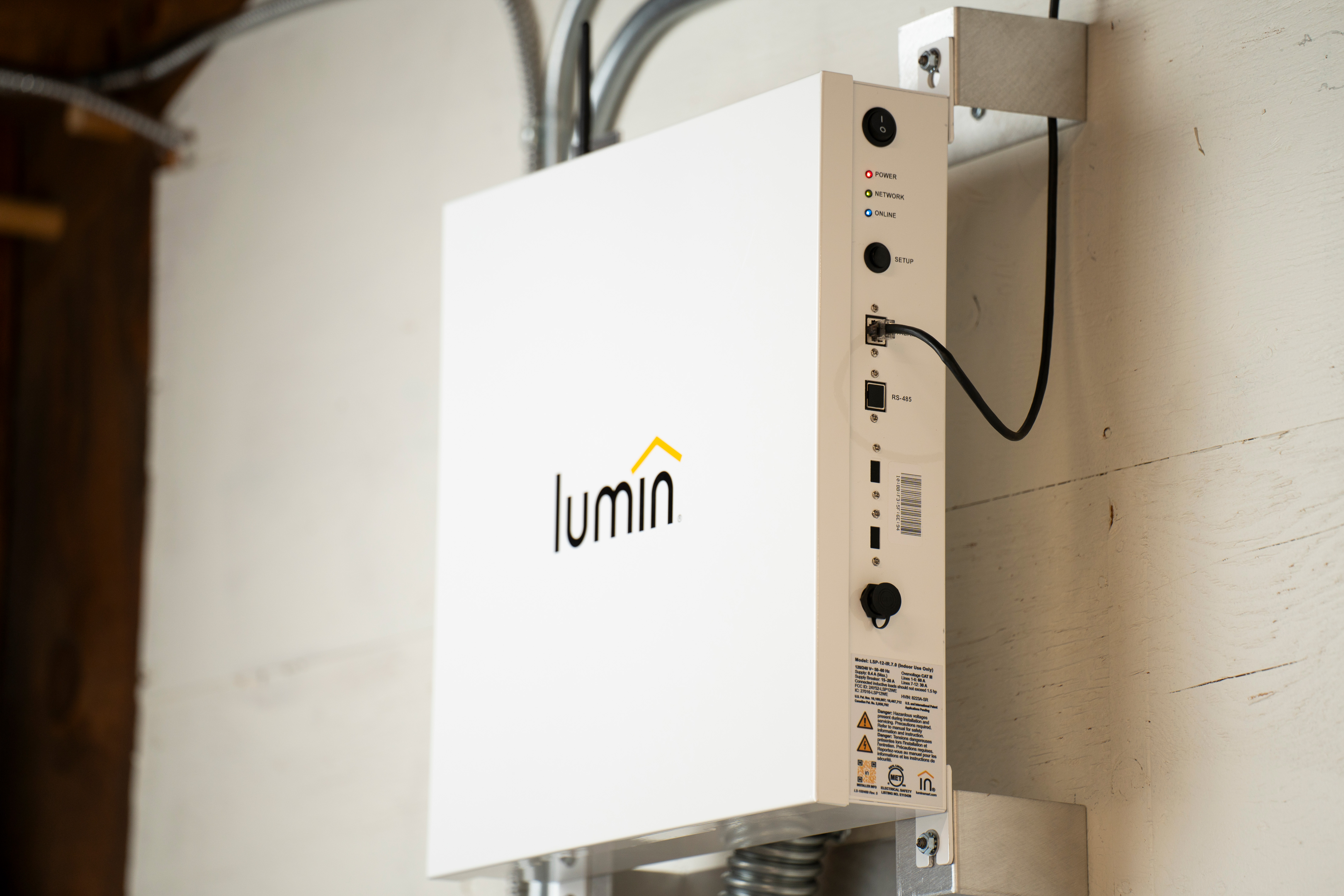We use cookies on our website.
Some of them are necessary for the functioning of the site, but you can decide about others.

A lot has changed over the past few years, specifically when it comes down to how Americans view their home’s power supply. You’ve seen how electrification is becoming part of daily life as consumers integrate smart devices into their homes and swap out gas-powered appliances like water heaters and stoves for electric alternatives. Even the electric vehicle market took off quicker than most experts originally projected. Millions of Americans are starting to learn what we’ve known for quite some time -- the power grid can’t keep up, especially when extreme weather hits. The Department of Energy reported that the average number of weather-related power outages increased by almost 80%, compared to the early 2000s. In response, the market for residential batteries has skyrocketed. Americans not only depend on electricity, but they are also seeking ways to have better control over it.
If all this evolution is happening within the power industry, why shouldn’t the approach to managing this power also evolve? Protected loads panels have been a go-to source for regulating energy storage systems for decades. But smart panels are now widely available and, more importantly, affordable. To find out which solution makes the most sense functionally and economically, we’re hashing out the pros and cons.
Protected loads panel, essential loads panel, backed up loads panel – there are many different names, but they all serve the same purpose – routing the output of a limited backup power supply to a subsection of circuits. A protected loads panel is often recommended to homeowners who install an energy storage system. Its primary job is to help a solar battery, or even generator, direct power to a segment of essential appliances that won’t overload the backup source. Without it, the homeowner’s backup power would supply all the home’s electrical circuits, whether they were needed or not. As a result, backup capacity would quickly deplete or nuisance trip, which occurs when the demand for electricity exceeds what a solar battery can supply.
While this is helpful in some ways, there isn’t much control beyond that. Once the circuits are routed to the protected loads panel, changing them requires the homeowner to schedule a costly visit with an electrician. There is also no way to determine how much of the backup power goes to a specific appliance. It’s an all or nothing setup. While capacity won’t run out as quickly as it would without a protected loads panel, the homeowner isn’t fully optimizing their power.
This lack of flexibility can be stifling for the average household. Energy needs can change on a dime, whether it be seasonally or because we’ve picked up a new habit. For example, maybe the homeowner is planning to buy a new EV or even welcome a new member to their family. These life events can drastically change what is and isn’t essential for them. Having the ability to quickly switch on and off appliances that fit their current needs just isn’t possible with a protected loads panel. They are essentially stuck with the choice they initially made when their installation first occurred.
On the other hand, a smart panel gives homeowners more control by enabling them to monitor and manage their power supply. When compared to a protected loads panel, the concept is similar but a smart panel’s functionality offers the homeowner so much more. One major difference is that the homeowner can access all connected circuits in their home. They don’t have to choose just a select few. And, with a Lumin Smart Panel, homeowners get even more features.
Using the Lumin app homeowners can control what is most important to them, right from the palm of their hand. They can organize their appliances into three categories to prioritize how their backup power will be used during an outage. Only appliances marked as essential will activate during this time, everything else will be available on demand. This protects a homeowner’s solar battery and helps conserve energy for as long as possible. What also positions the Lumin Smart Panel to provide an exceptional user experience is flexibility. Homeowners can change their preferences or reprioritize an appliance at any time to address their energy needs.
Furthermore, the Lumin Smart Panel shines for homeowners wanting to access all of their home’s electrical loads. Achieving this feat can be pricey since it requires multiple batteries to get the job done correctly. But homeowners with a Lumin Smart Panel don’t need to worry about installing a bunch of batteries. Instead, Lumin optimizes their energy storage through its intelligent power management features. And the Lumin Smart Panel isn’t solely compatible with just batteries, it can also work with generators. Homeowners with this backup power solution can benefit from the same flexibility.
When comparing a protected loads panel to a smart panel, we think the winner is clear. Why give homeowners limited control when they can have so much more? Helping them optimize their energy storage system with a Lumin Smart Panel gives them the ultimate customer experience, leaving you with positive reviews and referrals. Contact us to schedule a demo and learn more.